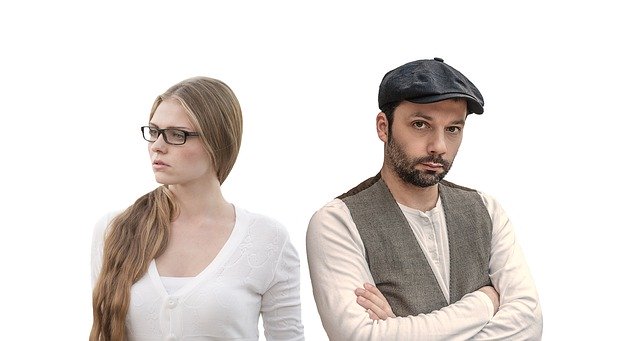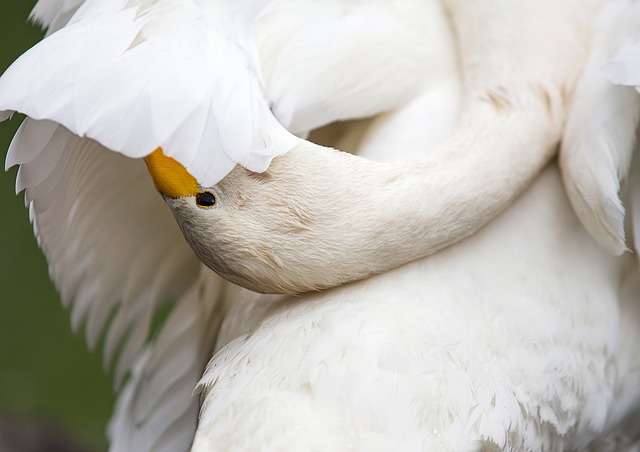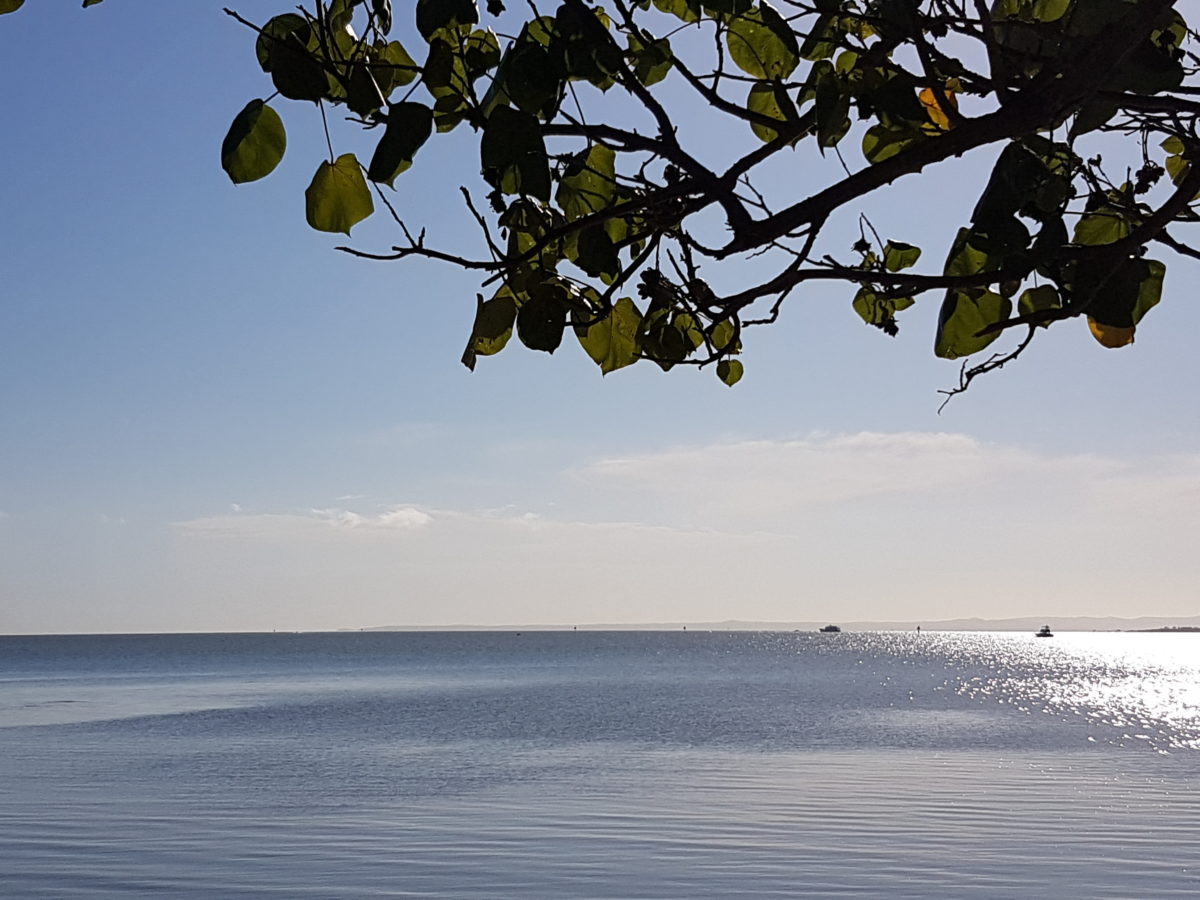Christine Jackman, in her book Turning Down the Noise, highlights the noise and busyness at work as barriers to achieving silence and mindfulness. These barriers are compounded by an emerging cultural norm that she calls “performative busyness” – “where contributions that are quick, disruptive and loud” are valued more highly than the reflective, considered responses to organisational issues and problems. This norm values busyness above reflection. The cost to organisations and individuals is tremendous in terms of lost productivity, stifling of creativity and increased stress levels resulting in lost motivation, depression, and burnout.
The “performative busyness” norm
In many organisations, being busy, or at least appearing to be busy, has become the norm. This elevation of “busyness” was highlighted by an engaging study by Arlie Russell Hochschild, author of The Time Bind, who demonstrated (among other things) the negative impact of the busyness norm on the implementation of family-friendly policies. If you did not work long hours and appeared to be busy all the time, you were viewed as unmotivated, lacking in commitment. The net result was that those (mainly women) who sought to access the family-friendly policy to take time off for pressing family needs were often refused or treated poorly for their “obvious lack of work motivation”. Arlie documents the ever-increasing cost to the family and the workplace of this debilitating dilemma confronting caregivers.
I once worked as a consultant to an organisation where performative busyness was the norm and treated as a corporate value by managers. Busyness became equated with importance. If a manager was “too busy” to attend meetings, or if there was an extended lead-time before you could have a meeting with a manager, they were considered V.I.P.’s (Very Important Persons). This emphasis on “performative busyness” was in direct contrast to the client-facing areas where the highest value was placed on client service, rather than self-importance. The client service areas were often frustrated by the need for the central service areas to reinforce their busyness and importance by creating unnecessary work for the client service areas. This centric-focused busyness negatively impacted staff morale and effectiveness in the client service areas as well as client relations.
The “open office” bind
Open office designs were introduced for efficiency reasons and to achieve higher productivity and collaboration. Cost efficiencies have been achieved in many places because of the reduced cost of office outfitting but human efficiency has declined. Two Professors at Harvard University, Ethan Bernstein and Stephan Turban, reported in 2018 that their research demonstrated that open offices actually led to a decline in both productivity and collaboration, owing to the heightened noise levels and the lack of privacy. Research too has highlighted the negative impact that open offices can have on employee’s mental health because of factors like noise, overcrowding, isolation, and distractions.
It is interesting that during a recent virtual training course I was conducting, a number of managers reported that they were better able to build a relationship with staff who were introverts while working from home in a virtual environment. They explained that their relationships improved and they put this down to the fact that they were no longer impeded by the noise level and lack of privacy of the open office.
Meetings and more meetings
Christine refers to what she calls the “ritual meeting” – the meeting that occurs at a set time each day or week and has been in existence for a considerable period (so that it has now become a ritual but participants may have lost sight of its original purpose or the original need may have actually ceased to exist). She maintains that often too many people attend these meetings for no appreciable achievement with no one counting the cost or seeking to improve the outcomes. Christine points out that these ritual meetings feed performative busyness behaviour because they enable managers to book out their days by attending endless meetings and thus appearing extremely busy.
In another organisational consultancy, I was working with a group of eight organisational leaders, whose salaries averaged AUD$400,000. They were wanting to improve their effectiveness but expressed concern that the real problem lay with the “managers down there who were not accountable”. It turned out, however, that the leaders met ritually every Friday afternoon for four hours and typically had no appreciable outcome from these meetings (and hence nothing to report to their next level managers). Despite the fact that they were aware of the cost of the meetings and their ineffectiveness, none of the leaders chose to do anything about them. They were blind to the fact that they themselves were not accountable for the way they used their time and the organisation’s finances and resources. They were oblivious of the lack of congruence of their behaviour with their stated value of “accountability”.
Reflection
There are many barriers to silence in our lives including digital noise, overload, the discomfort of others, and busyness at work. Silence can be found in natural sounds and music which enable us to cultivate deep listening and an inner silence. However, seeking silence does not mean that we have to hide away from the world or not take action against injustices or inequity.
Christine points out in her penultimate chapter, that there is a real trade-off between silence and activity. In a very well-researched and insightful chapter, she points out that it is not an either-or situation. The challenge is to find silence within our roles whether they be at work, at home as a parent or partner, or in a broader community setting. She provides a “Silence: How-to Guide” at the end of her book to assist us in this task. I have incorporated some of these ideas as well as my own mindfulness practices in a previous post about accessing the power of silence.
As we grow in mindfulness, through our pursuit of stillness and inner silence amid our daily life and work, we can find a deep inner peace, calmness, and creativity, as well as a harbour or refuge in challenging times and periods of difficult emotions. In a personal Epilogue of her book, Christine tells the story of how, as her father lay dying, she was able to move past emotional turbulence and turmoil to sit in silence with him as he died – it was then that she truly found silence.
___________________________________________
Image by Robert C from Pixabay
By Ron Passfield – Copyright (Creative Commons license, Attribution–Non Commercial–No Derivatives)
Disclosure: If you purchase a product through this site, I may earn a commission which will help to pay for the site, the associated Meetup group and the resources to support the blog.









